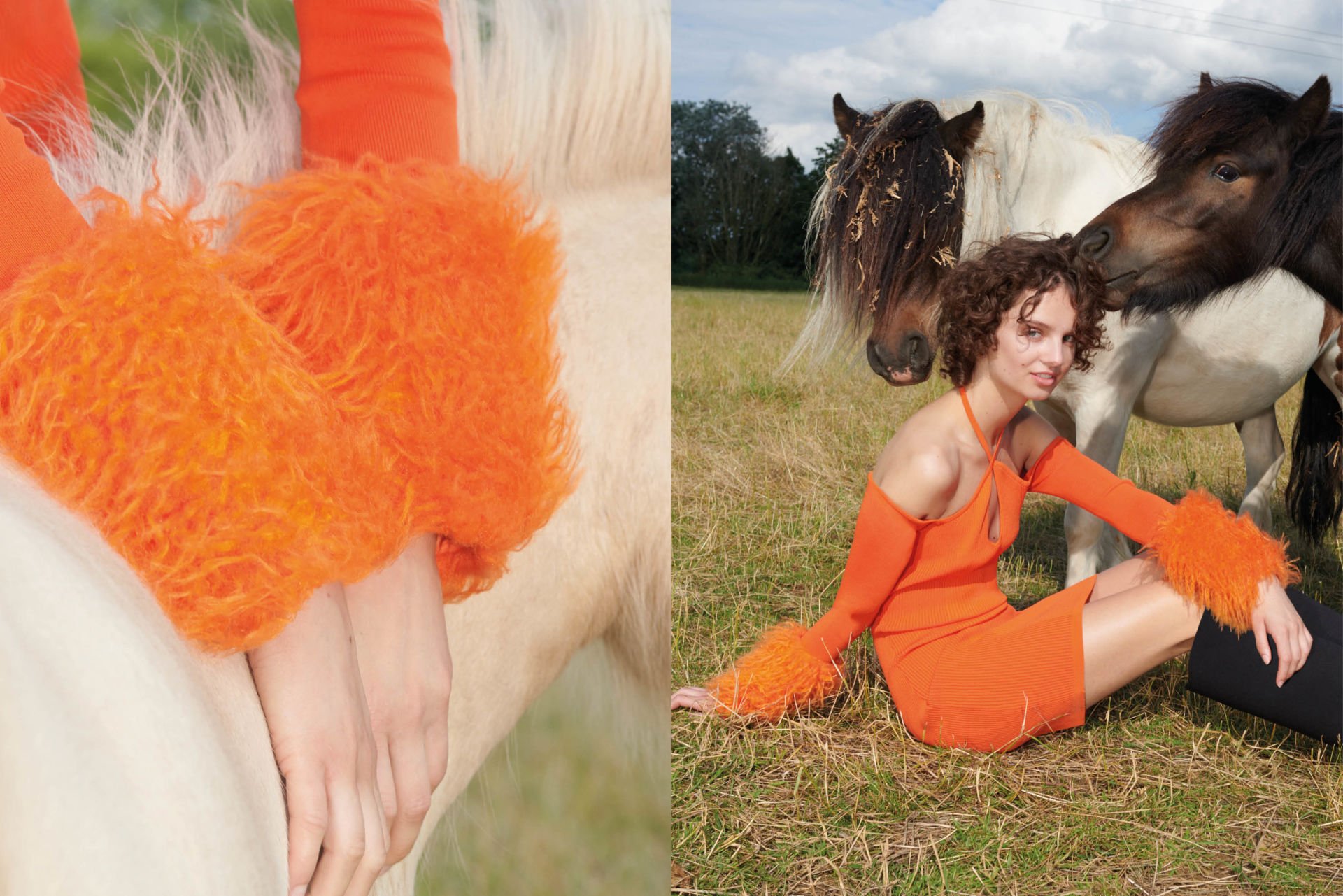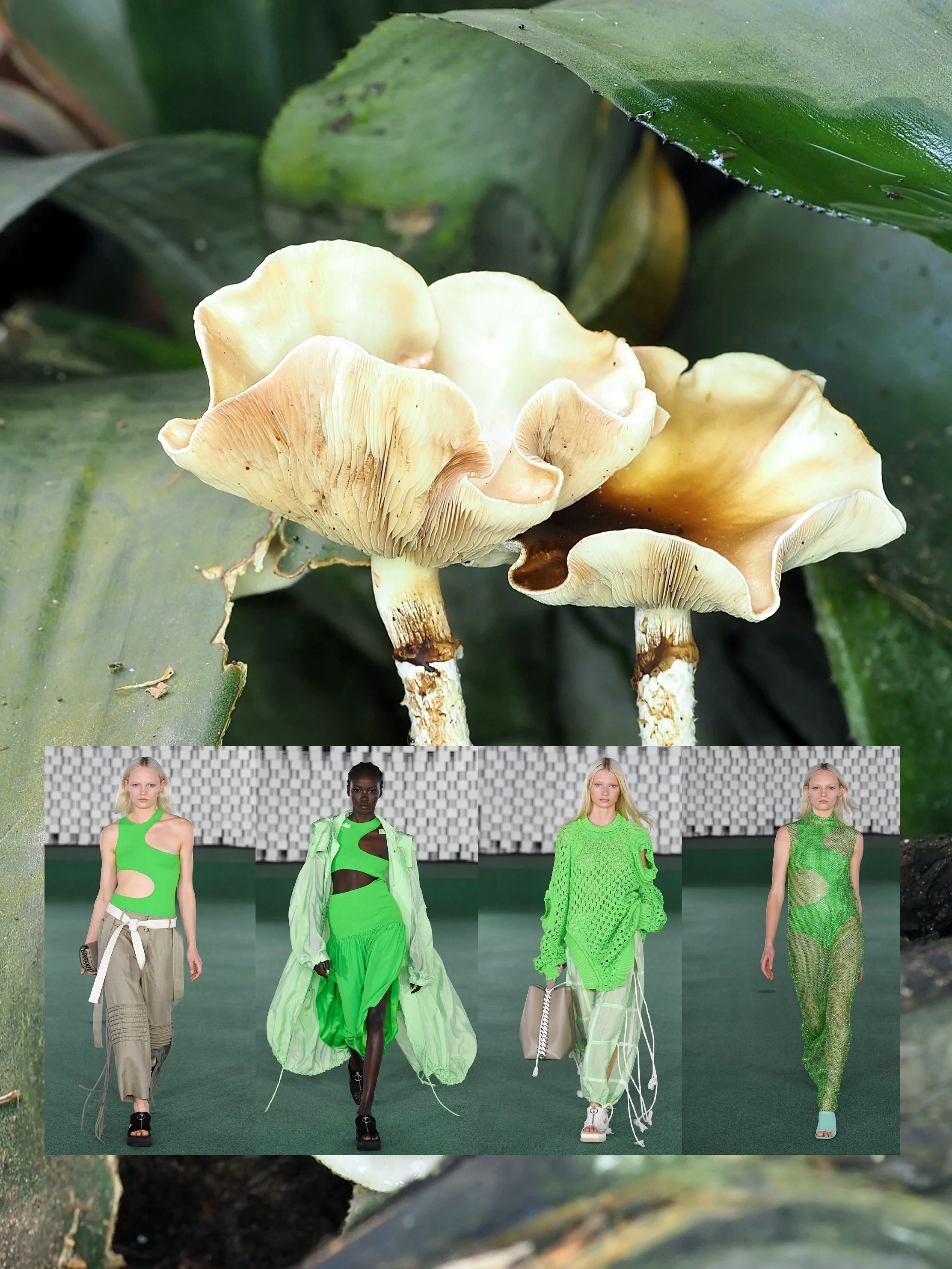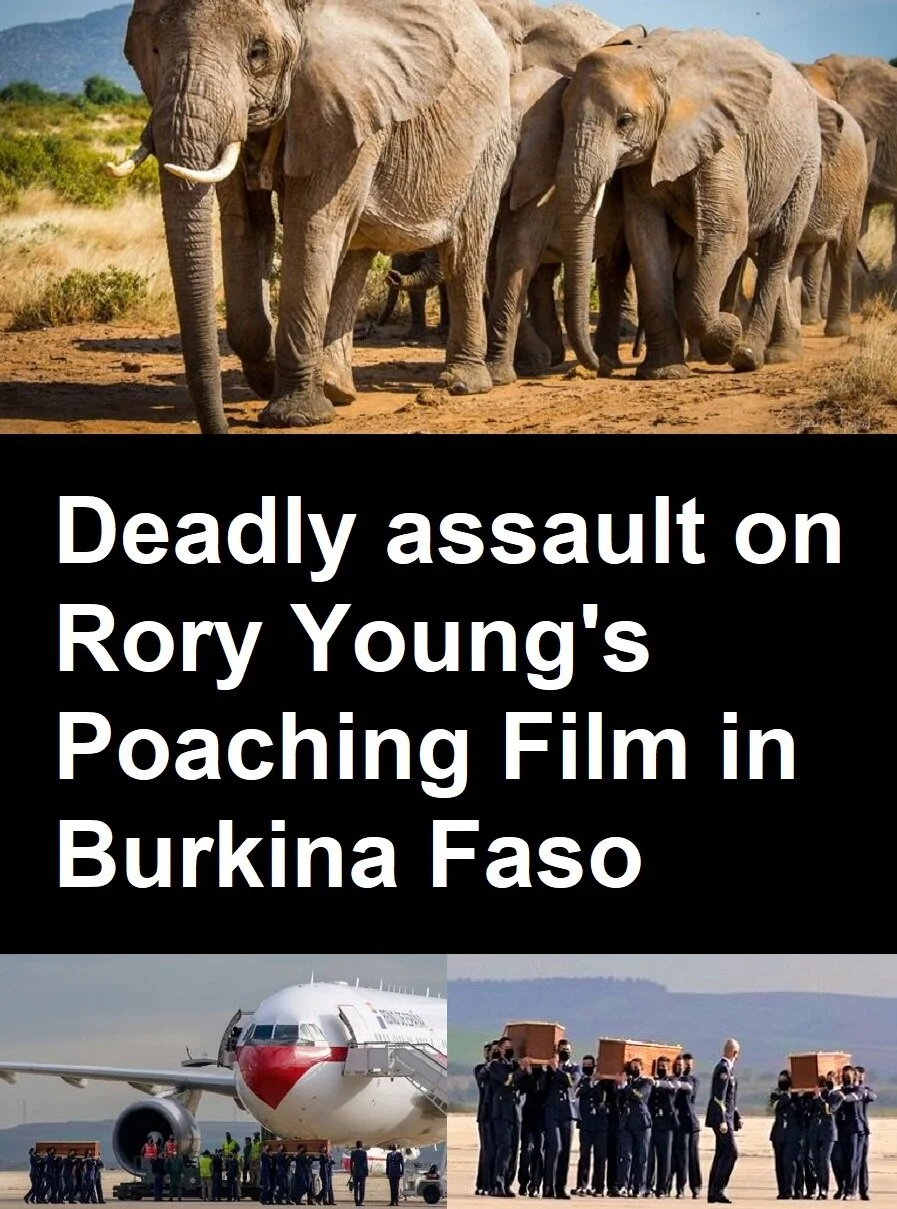From 'Me & the Bees Lemonade' to Flower Bombing, Are US Honey Bees Recovering?
/11-year-old Texan Mikaila Ulmer, founder of 'Me & the Bees Lemonade made a big speech at the June 14, 2016 White House United State of Women Summit, warming up the crowd for President Obama himself. Amazingly, it wasn't her first visit to the White House
Mikaila Ulmer has scored a major coup, with the Austin, Texas 6th-grader's Me & the Bees lemonade being showcased in 55 Whole Foods stores in Texas, Oklahoma, Arkansas and Louisiana. If customers buy into her grandmother's 1940 recipe for lemonade that uses tasty mind, flaxseed and infused honey instead of sugar, Mikaila's $11 million deal could scale up massively. This young lady has turned her $60,000 ABC Shark Tank seed money into a major business opportunity.
Not only is Mikaila Ulmer enchanting in her stage presence and poise, her budding entrepreneurial nature carries a soul-spirit message that is focused on saving honey bees. New reports are that US honey bees are at their highest population in over 20 years. As the graph shows, America's honey bee populations have risen since 2008. Read the story after the graph.
2015-2016 Bee Research
Update: What bees can teach us about the real value of protecting nature VOX
Without bees flitting from flower to flower, spreading pollen as they go, we wouldn’t have bountiful harvests of apples, berries, melons, almonds, and cherries each year. Bees are worth literally billions of dollars. If they vanished, our grocery aisles would suffer greatly.
It’s a compelling reason to care. Except, as it turns out, that's also not the whole story. In a fascinating 2015 paper published in Nature Communications, a team of scientists discovered that only a small fraction of bee species do most of the pollinating that’s so crucial to our food supply.
That doesn’t mean all those other endangered bee species aren’t valuable — they are. There's more to the value of bees than dollars and cents. We just have to think a little harder about a question that has occupied conservationists for decades: What makes a species worth saving?
Call off the bee-pocalypse: US honeybee colonies hit a 20-year high Washington Post
Bee populations expanded during global warming after the last Ice Age Science Daily
Bees aren't the be all and end all for crop pollination, study suggests Science Daily
Bee Crisis: More than 40 Percent of Honey Bee Colonies Lost PR Watch
In Praise of Flower Blombing
Totally inspired by this young dynamo amd reading WWD's story about Flowerbomb, Victor & Rolf's 'blockbuster' women's fragrance featuring Andreea Diaconu lensed by Inez van Lamsweerde and Vinoodh Matadin, Mikaila and her bees came together in my mind.
In discussing their first new ad campaign since the Flowerbomb fragrance launch in 2005. designers Viktor Horsting and Rolf Snoeren said: "We imagined an image that woul be an evolution of the idea of Flowerbomb: a mysterious, slightly surreal, strong and vibrant woman, who has the power to transform anything into something positive and beautiful."
How about lemonade, I ask you.
"The surreal bouquet of flowers on her head is a mataphor for positive thinking, " Horsting and Snoeren continued.
That's Mikaila Ulmer! Kid power on steroids!
Flowerbomb fragrance queued up flower bombing in my mind and a sequence of AOC bee-saving articles written over the years. The first article that came to mind involved Whole Foods and their commitment to honeybees. . . along with a heart-warming video from
Eye | Neonics & Honeybees | Bee Friendlier Flowerbombing | Whole Foods for Honeybees
Written in November 2014, this AOC article touched on updated bee reasearch, including the new Whole Foods commitment to saving honey bees. What captivated my spirit was this marvelous video 'Bees, Bombs and a Mission to Save Our Food'. Like Mikaila Ulmer's 1940 recipe for old-fashioned lemonade, Cascadian Farm Organic's storyline about flower bombing is also rich in nostalgia and a lot of heart. I see Mikaila with those old-fashioned aviator goggles flying the plane.
Will Sarah Burton's Queen Bee Femme Fatales Suffering Collapse of Global Honey Bee Populations?
Written in January 2013, this AOC survey focuses on Sarah Burton's magnificent Queen Bee Collection and a new overview of honey bee science including the Queen Bee's unique brain power.
This amazing film was featured on AOC in February 2012. In 2010 Vancouver resident Jon Betz, associated with the Portland nonprofit film production and distribution company Collective Eye Inc. produced ‘Queen of the Sun.’ Among the beekeepers featured were Jacqueline Freeman and Sara Mapelli.
In this opening highlight from the film Mapelli used a queen-bee pheromone to attract 12,000 honey bees, the second time she’s done a honeybee dance. The artist admits to being stung six times while covered in bees to film ‘Queen of the Sun’, although she wasn’t stung at all in her first dance.
Mapelli describes dancing with bees as “magical.”
“It’s a duet,” she said. “We’re working together. It’s a really amazing, meditative experience.” Learn more about Queen of the Sun project on their website. information via The Columbian
Are you breathless over bees?
GLAMTRIBALE weighs in!
Elephants Are Terrified of Bees! Scientist Lucy King Gets Very Smart On Saving Elephants
One of my favorite stories about elephant memories is the successful pilot project in Kenya developed by Lucy King of Oxford University's Department of Zoology, who led the project with the charity Save the Elephants.
In the growing conflicts between elephants and farmers in Kenya, Lucy sought a more peaceful solution than killing elephants when they threatened farmer's crops. Prior research confirmed that elephants could be scared away by recordings of the buzzing of angry bees. Armed with this knowledge, Lucy King's team constructed a fence of log beehives suspended on poles beneath tiny thatched roots. The hives were connected by eight metre lengths of fencing wire. Elephants avoided the empty hives, because they detected the presence of bees, but they still attempted to push through the wire. At that moment, the hives began to swing violently, causing the elephants to fear an imminent attack of angry bees.
In her original 2009 pilot study, the beehive fence had 86 per cent fewer successful crop raids by elephants and 150 per cent fewer raiding elephants than a control farm without the fence. It's time to update Lucy King's research, which has been very successful in Kenya. If I'm not mistaken, honey bees have moved in. ~ AnneI




























![Into-the-Okavango_[Neil-Gelinas]_3-dbl.jpg](https://images.squarespace-cdn.com/content/v1/55f45174e4b0fb5d95b07f39/1561937163642-AJXZW3I471QGTYL0AE03/Into-the-Okavango_%5BNeil-Gelinas%5D_3-dbl.jpg)





